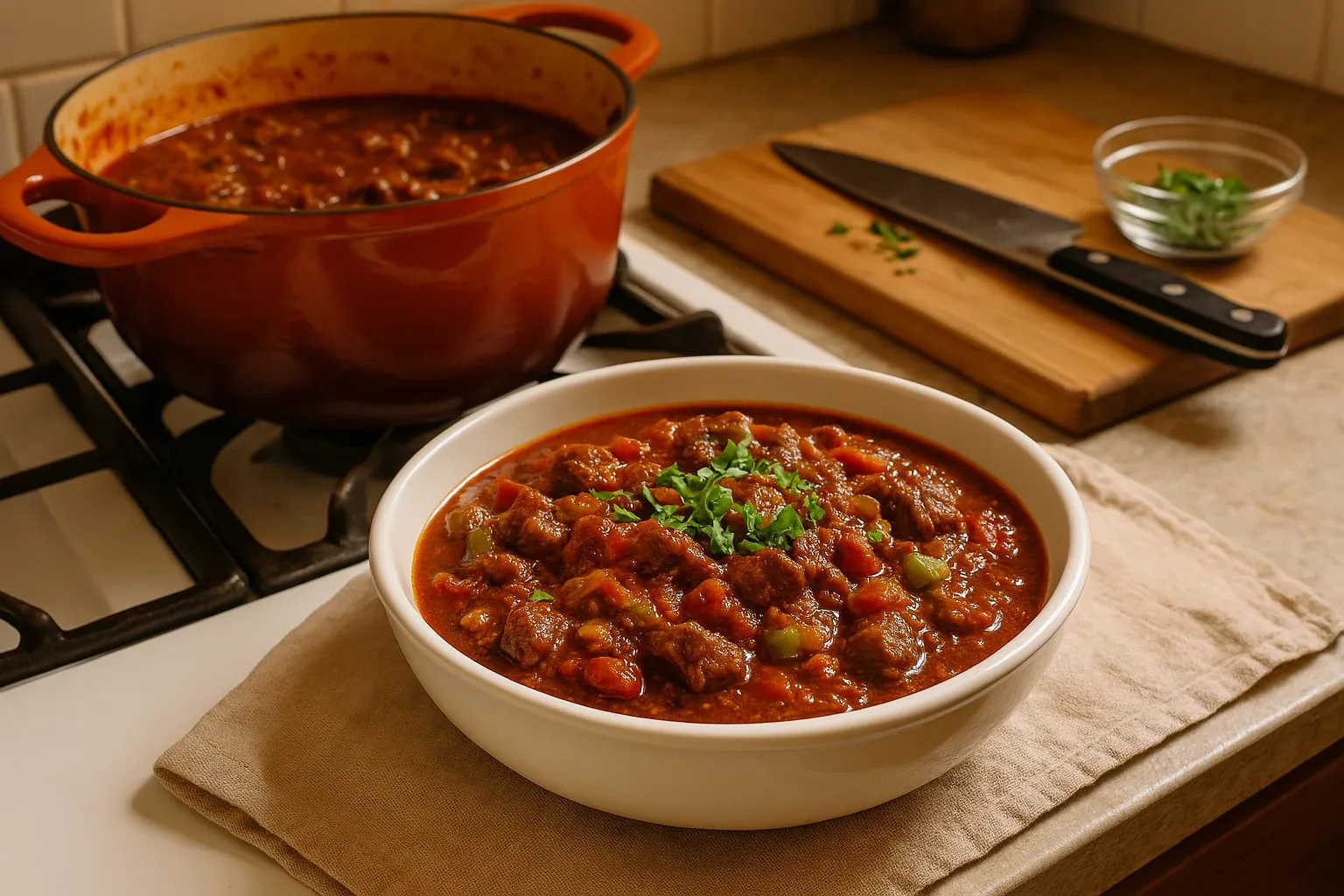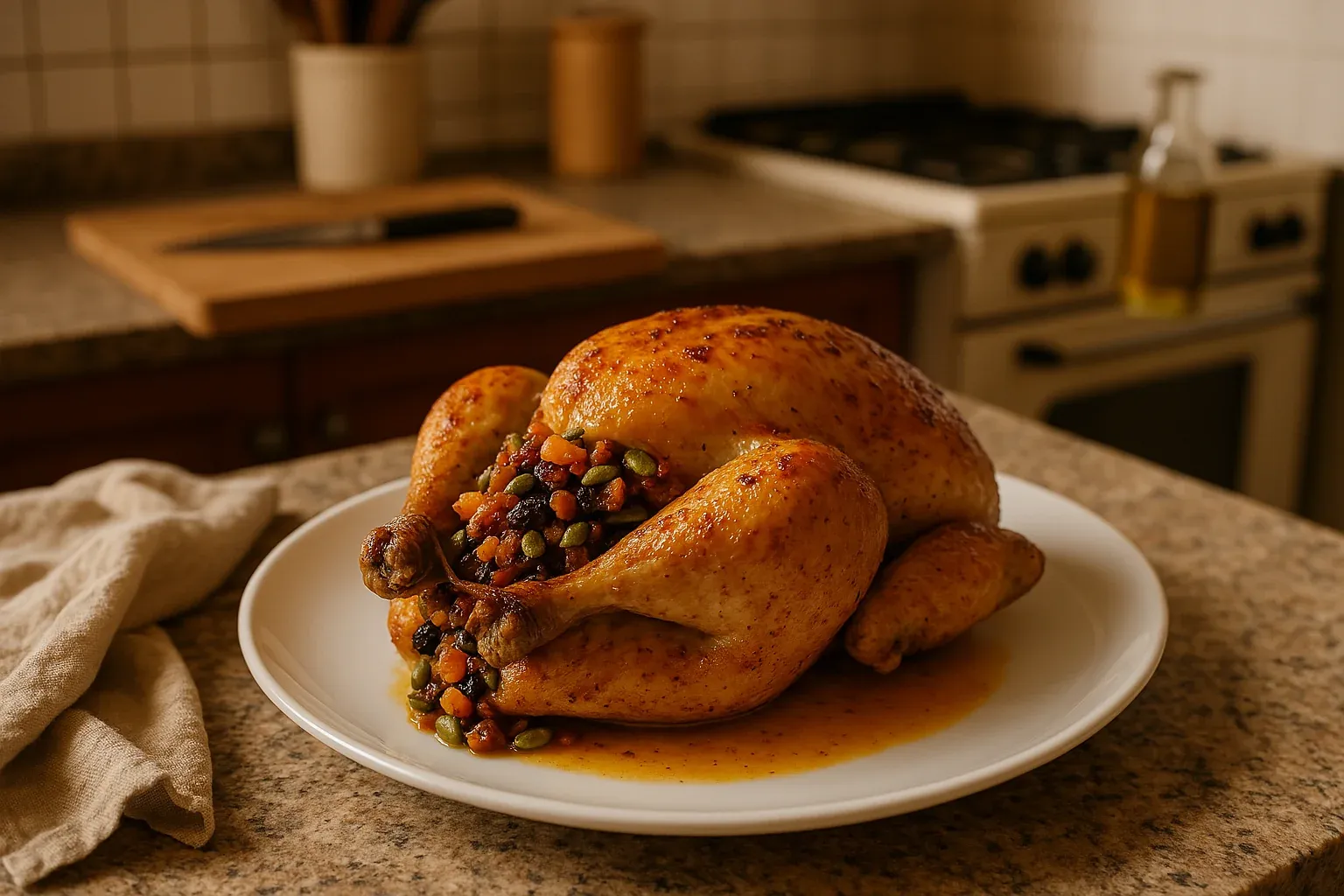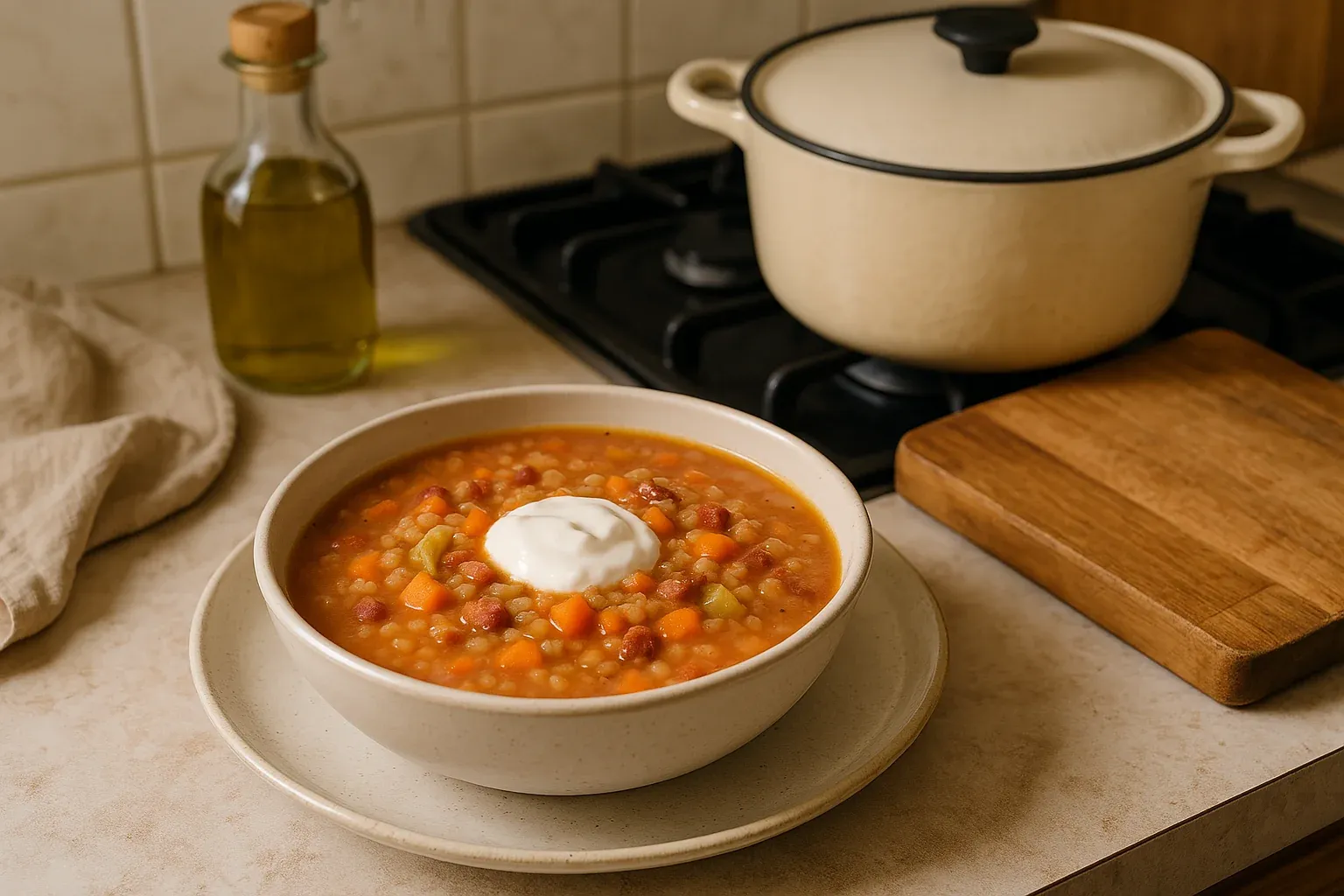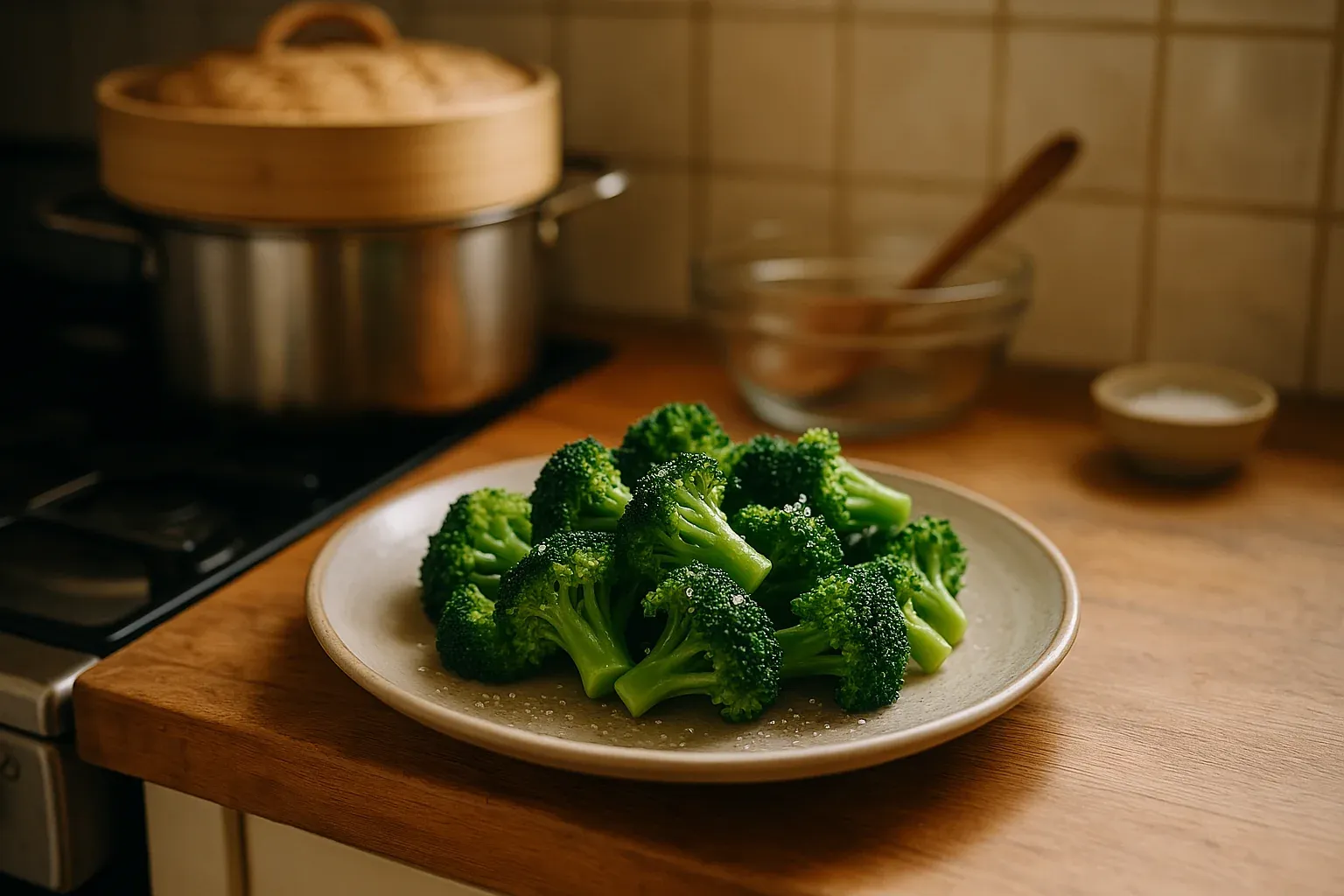At high altitudes, the barometric pressure is less and the boiling point of the liquid will be reached at a lower temperature. To check the temperature of the boiling point of water at your altitude, place a thermometer in boiling water (don’t let it touch the sides or bottom of pan). Leave the thermometer in water for a few minutes, to allow the thermometer to reach its maximum temperature. This lowered boiling point amounts to 1.9 degrees for each 1,000 feet increase in altitude.
Boiling point of water
| Altitude |
Fº
|
Cº
|
| Sea level (0) |
212º
|
100º
|
| 2,000 ft. |
208º
|
98º
|
| 5,000 ft. |
203º
|
95º
|
| 7,500 ft. |
198º
|
92º
|
| 10,000 ft. |
194º
|
90º
|
| 15,000 ft. |
185º
|
85º
|
| 30,000 ft. |
158º
|
70º
|
Adjustments for Baking
|
Altitude
(feet) |
Oven temp
|
Baking Powder/ Baking Soda for each cup
|
Sugar for each cup
|
Liquid for each cup
|
Other
|
|
3,000
|
Increase 25º
|
reduce by 1/8 tsp
|
reduce by 1 Tbsp
|
increase by 1-2 Tbsp
|
|
|
5,000
|
Increase 25º
|
reduce by 1/8-1/4 tsp
|
reduce by 2 Tbsp
|
increase by 2-4 Tbsp
|
|
|
7,000
|
Increase 25º
|
reduce by 1/4 tsp
|
reduce by 1-3 Tbsp
|
increase by 3-4 Tbsp
|
|
|
10,000
|
Increase 25º
|
reduce by
1/4-1/2 tsp |
reduce by 2-3 Tbsp
|
increase by 3-4 Tbsp
|
add 1-2 Tbsp
flour + 1 egg
|
Note:for altitudes over 3000 do not overbeat eggs to reduce volume.





